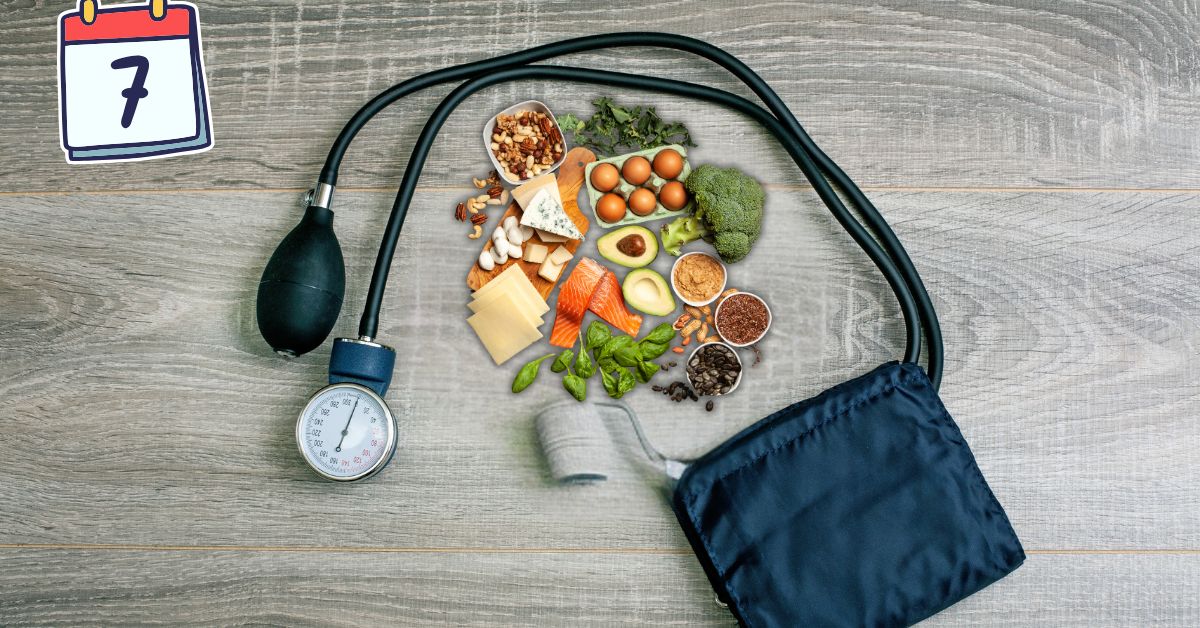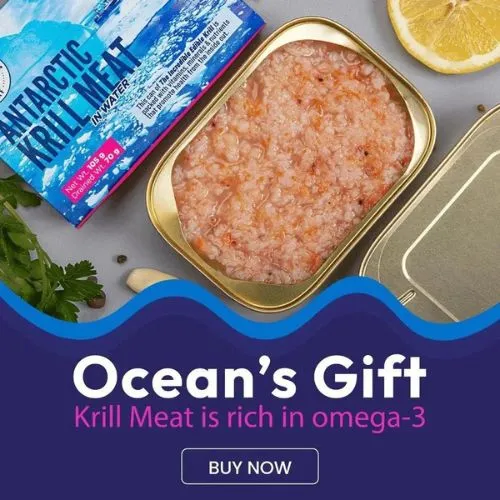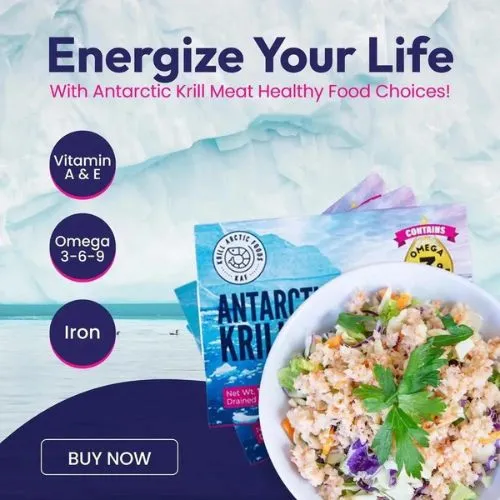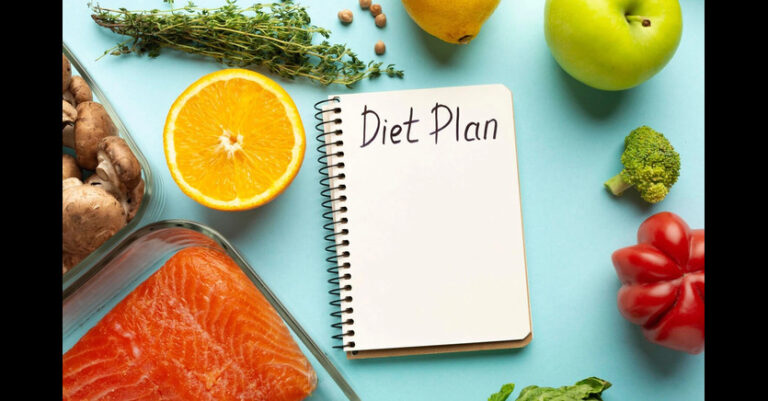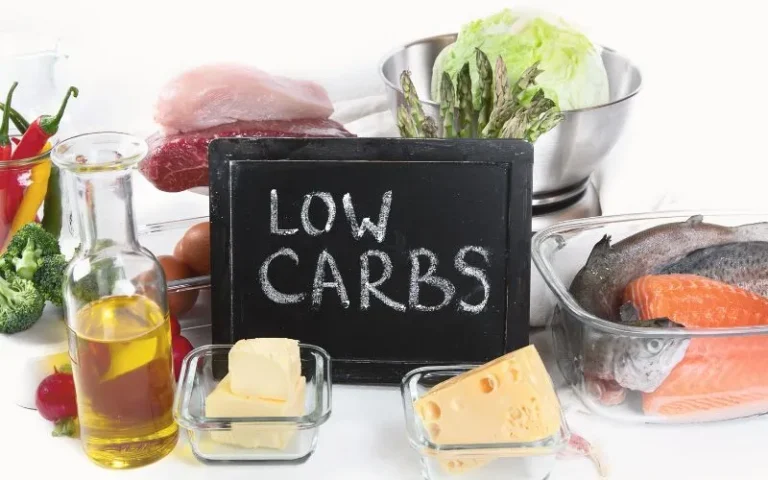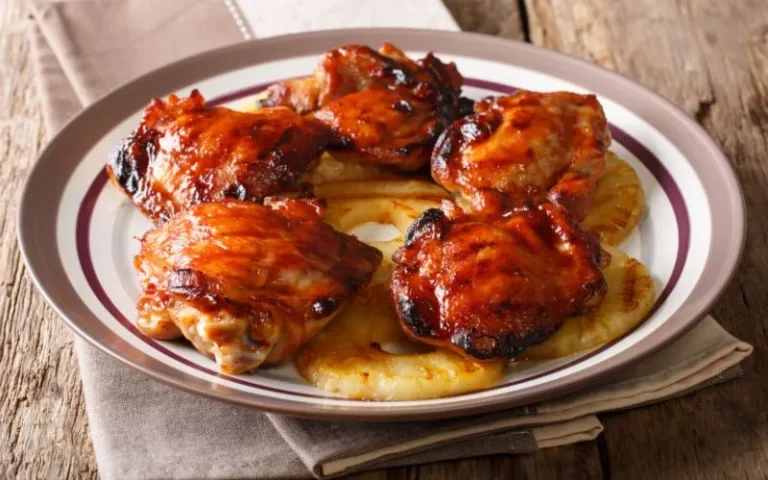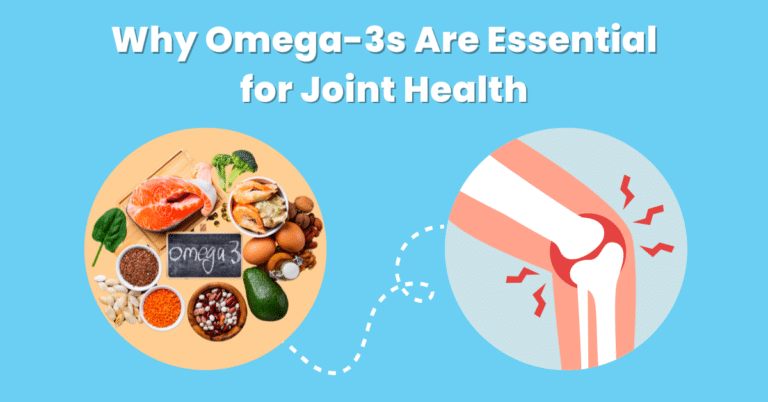You’ve been told your blood pressure is high, and now every grocery trip and meal choice feels like a puzzle. You know the risks: heart disease, stroke, and more. But knowing what to eat—and what to avoid—can feel overwhelming.
The good news? Managing blood pressure through diet doesn’t have to be complicated. In fact, with a carefully designed plan, you can eat well while keeping your heart healthy.
Today I am here with a 7-day diet plan for high blood pressure patients. My diet plan offers a clear path forward with easy-to-prepare, nutrient-rich meals that support healthy blood pressure.
Let’s dive to learn more..
Key Principles of a High Blood Pressure Diet Plan
A high blood pressure diet plan is not just about cutting things out but balancing with heart healthy nutrient rich foods. Lets learn how to balance.
Daily Nutrients to Prioritize
Sodium: Reducing sodium to 1,500–2,300 mg daily helps prevent fluid retention, a common cause of high blood pressure. Flavoring food with fresh herbs and spices instead of salt can add taste without the excess sodium.
Potassium: Essential for balancing sodium, potassium-rich foods like bananas, potatoes, and leafy greens can help relax blood vessels. Aim for 3,500–4,700 mg per day.
Calcium and Magnesium: Both are key for blood vessel health. Calcium (1,000–1,200 mg daily) can be found in low-fat dairy and fortified plant-based milk, while magnesium (310–420 mg daily) is abundant in nuts, seeds, and whole grains.
Key Foods for Heart Health
- Leafy Greens: Spinach, kale, and chard are packed with potassium and magnesium, helping blood vessels dilate.
- Berries: Antioxidants in blueberries, strawberries, and raspberries support blood vessel health.
- Whole Grains: Oats, brown rice, and quinoa add fiber and magnesium to support circulation.
- Lean Proteins: Skinless chicken, fish, and plant-based options like beans offer protein without the saturated fats that can strain the heart.
- Nuts, Seeds, and Heart-Healthy Oils: Almonds, chia seeds, and oils like olive oil add healthy fats that can lower LDL cholesterol, reducing heart strain.
DASH Diet: A Proven Blueprint
The DASH (Dietary Approaches to Stop Hypertension) diet focuses on these exact nutrient-rich foods and is proven to support healthy blood pressure. By prioritizing fruits, vegetables, whole grains, lean proteins, and low-fat dairy, DASH is flexible and sustainable, making it easy to build long-term heart health.
Incorporating these principles can have a meaningful impact on blood pressure and overall well-being, creating a balanced approach to heart health that fits naturally into daily life.
7-Day Diet Plan Outline
This 7-day meal plan is crafted to support heart health and manage blood pressure. Each day includes low-sodium, nutrient-dense meals rich in potassium, fiber, and essential vitamins and minerals.
Day 1: Low-Sodium Kickstart
Breakfast: Oatmeal with Banana and Chia Seeds
- Ingredients: ½ cup oats, 1 sliced banana, 1 tbsp chia seeds, 1 cup almond milk
- Preparation: In a pot, combine oats and almond milk. Cook on medium heat until oats are soft and creamy. Top with banana slices and chia seeds for extra fiber and potassium.
Snack: Apple with Almond Butter
- Ingredients: 1 apple (sliced), 1 tbsp unsalted almond butter
- Preparation: Slice the apple and serve with almond butter for a heart-healthy, satisfying snack.
Lunch: Grilled Salmon Salad
- Ingredients: 150g grilled salmon, 2 cups mixed greens (spinach, arugula), ½ cup cherry tomatoes, ½ cucumber (sliced), 1 tbsp olive oil, 1 tbsp lemon juice
- Preparation: Toss greens, tomatoes, and cucumber in olive oil and lemon juice. Top with grilled salmon for a nutrient-dense meal rich in omega-3s and fiber.
Dinner: Roasted Chicken with Broccoli and Sweet Potato
- Ingredients: 150g chicken breast, 1 medium sweet potato (cubed), 1 cup broccoli florets, olive oil, salt, pepper
- Preparation: Toss chicken, sweet potato, and broccoli in olive oil, salt, and pepper. Roast at 400°F (200°C) for 20-25 minutes or until cooked. Serve hot for a potassium-rich dinner.
Day 2: Fiber and Potassium Boost
Breakfast: Greek Yogurt with Berries and Chia Seeds
- Ingredients: 1 cup Greek yogurt, ¼ cup blueberries, ¼ cup sliced strawberries, 1 tsp chia seeds
- Preparation: Combine yogurt with berries and sprinkle chia seeds on top for antioxidants and protein.
Snack: Carrot Sticks with Hummus
- Ingredients: 1 cup carrot sticks, 2 tbsp hummus
- Preparation: Dip carrot sticks into hummus for a snack rich in fiber and potassium.
Lunch: Lentil and Vegetable Soup
- Ingredients: 1 cup cooked lentils, ½ cup chopped carrots, ½ cup chopped celery, ½ cup diced onion, 2 cups low-sodium vegetable broth
- Preparation: Sauté vegetables, add lentils and broth, and simmer for 15-20 minutes. Serve with whole-grain crackers for a filling, fiber-rich meal.
Dinner: Tofu Stir-Fry with Brown Rice
- Ingredients: 150g tofu (cubed), 1 cup mixed vegetables (bell peppers, broccoli), ½ cup cooked brown rice, 1 tbsp low-sodium soy sauce
- Preparation: Sauté tofu and vegetables, add soy sauce, and serve over brown rice for a potassium and protein-packed dinner.
Day 3: Leafy Greens Emphasis
Breakfast: Green Smoothie
- Ingredients: 1 cup spinach, 1 banana, 1 cup almond milk, 1 tbsp chia seeds
- Preparation: Blend all ingredients until smooth for a nutrient-packed start to your day.
Snack: Orange with Walnuts
- Ingredients: 1 orange (sliced), ¼ cup walnuts
- Preparation: Pair orange slices with walnuts for a boost of vitamin C and heart-healthy fats.
Lunch: Chickpea Salad with Mixed Greens
- Ingredients: 1 cup chickpeas, 2 cups mixed greens, ½ cup cherry tomatoes, ½ cucumber (sliced), 1 tbsp olive oil, lemon juice
- Preparation: Mix chickpeas, greens, tomatoes, and cucumber. Dress with olive oil and lemon juice for a filling, fiber-rich lunch.
Dinner: Baked Cod with Brussels Sprouts and Farro
- Ingredients: 150g cod fillet, 1 cup Brussels sprouts (halved), ½ cup cooked farro, olive oil, salt, pepper
- Preparation: Roast cod and Brussels sprouts with olive oil, salt, and pepper at 400°F (200°C) for 15-20 minutes. Serve with farro for a balanced, nutrient-dense meal.
Day 4: Mediterranean Day
Breakfast: Avocado Toast with Flax Seeds
- Ingredients: 1 slice whole-grain toast, ½ avocado (sliced), 1 tsp flax seeds
- Preparation: Spread avocado on toast, sprinkle with flax seeds, and enjoy for a fiber-rich start to the day.
Snack: Fresh Berries
- Ingredients: 1 cup mixed berries (blueberries, strawberries)
- Preparation: Snack on a mix of fresh berries for antioxidants and fiber.
Lunch: Quinoa Salad with Grilled Chicken
- Ingredients: 1 cup cooked quinoa, 150g grilled chicken, ½ cucumber (diced), ½ cup cherry tomatoes, olive oil, lemon juice
- Preparation: Combine quinoa, chicken, and veggies. Dress with olive oil and lemon juice for a protein-rich meal.
Dinner: Grilled Fish with Spinach and Wild Rice
- Ingredients: 150g white fish fillet, 1 cup spinach, ½ cup cooked wild rice, garlic, olive oil
- Preparation: Grill fish, sauté spinach with garlic and olive oil, and serve with wild rice for a potassium-rich, balanced meal.
Day 5: High-Potassium Day
Breakfast: Yogurt with Kiwi and Chia Seeds
- Ingredients: 1 cup low-fat yogurt, 1 kiwi (diced), 1 tsp chia seeds
- Preparation: Top yogurt with kiwi and chia seeds for a potassium-rich breakfast.
Snack: Bell Pepper with Pumpkin Seeds
- Ingredients: 1 bell pepper (sliced), 2 tbsp unsalted pumpkin seeds
- Preparation: Pair bell pepper slices with pumpkin seeds for a crunchy snack.
Lunch: Sweet Potato and Black Bean Bowl
- Ingredients: 1 medium sweet potato (cooked), ½ cup black beans, mixed greens, 1 tbsp salsa
- Preparation: Serve sweet potato and black beans over greens, topped with salsa.
Dinner: Turkey Chili with Bell Peppers
- Ingredients: 150g ground turkey, 1 cup chopped bell peppers, 1 cup kidney beans, chili powder
- Preparation: Sauté turkey, add peppers, beans, and chili powder, and simmer until cooked.
Day 6: Whole Grain Focus
Breakfast: Steel-Cut Oats with Raspberries and Almonds
- Ingredients: ½ cup steel-cut oats, ¼ cup raspberries, 1 tbsp chopped almonds
- Preparation: Cook oats, then top with raspberries and almonds.
Snack: Cucumber with Low-Sodium Dip
- Ingredients: 1 cucumber (sliced), 2 tbsp low-sodium hummus
- Preparation: Dip cucumber slices in hummus for a refreshing, low-sodium snack.
Lunch: Brown Rice Stir-Fry with Tofu
- Ingredients: ½ cup cooked brown rice, 150g tofu (cubed), mixed vegetables, low-sodium soy sauce
- Preparation: Stir-fry tofu and vegetables, add brown rice, and finish with soy sauce.
Dinner: Shrimp Kebabs with Barley
- Ingredients: 150g shrimp, 1 cup mixed vegetables (zucchini, bell peppers), ½ cup cooked barley, olive oil
- Preparation: Grill shrimp and vegetables on skewers. Serve with barley.
Day 7: Balanced Reset
Breakfast: Greek Yogurt Parfait with Berries
- Ingredients: 1 cup Greek yogurt, ¼ cup mixed berries, 1 tsp chia seeds
- Preparation: Layer yogurt with berries, top with chia seeds for a balanced breakfast.
Snack: Pear with Sunflower Seeds
- Ingredients: 1 pear (sliced), 2 tbsp unsalted sunflower seeds
- Preparation: Pair pear slices with sunflower seeds for fiber and healthy fats.
Lunch: Chickpea and Cucumber Salad
- Ingredients: 1 cup chickpeas, 1 cucumber (sliced), 1 tbsp olive oil, lemon juice
- Preparation: Mix chickpeas and cucumber, then dress with olive oil and lemon juice.
Dinner: Baked Chicken with Mashed Cauliflower and Green Beans
- Ingredients: 150g chicken breast, 1 cup cauliflower (mashed), 1 cup green beans, olive oil, salt, pepper
- Preparation: Bake chicken, steam green beans, and mash cauliflower with olive oil, salt, and pepper for a balanced, nutrient-rich dinner.
Foods to Avoid in High Blood Pressure
Certain foods can raise blood pressure by increasing fluid retention, cholesterol levels, and overall cardiovascular strain. Here’s what to avoid, along with healthier choices for each.
High-Sodium Foods
Excess sodium causes fluid retention, leading to higher blood pressure. Processed foods like canned soups, frozen meals, salty snacks, and condiments are common sodium sources.
Healthier Option: Use fresh ingredients, low-sodium versions, and season with herbs and spices instead of salt.
Sugary Beverages
Drinks like soda, energy drinks, and sweetened teas contribute to weight gain and can spike blood pressure.
Healthier Option: Hydrate with water, herbal teas, or sparkling water flavored with lemon or berries.
Processed Meats
Items like bacon, deli meats, and sausages are packed with sodium and unhealthy fats, which can raise blood pressure and cholesterol.
Healthier Option: Fresh, lean meats like chicken breast or turkey are better for maintaining healthy blood pressure.
Fried Foods and Fast Food
Fried and fast foods are high in sodium, trans fats, and calories—all contributors to high blood pressure.
Healthier Option: Choose baked, grilled, or steamed foods. For a crunchy alternative, try oven-baked vegetables like sweet potato or zucchini.
Saturated and Trans Fats
Foods high in these fats, such as fatty meats, full-fat dairy, and baked goods, can increase blood pressure and arterial stiffness.
Healthier Option: Choose lean meats, low-fat dairy, and heart-healthy oils like olive or avocado oil.
Caffeinated Beverages
Too much caffeine from coffee, energy drinks, or sodas can elevate blood pressure temporarily, especially in sensitive individuals.
Healthier Option: Limit caffeine to one or two cups per day, or opt for decaf and herbal teas.
Benefits of a High Blood Pressure Diet
Switching to a diet that supports healthy blood pressure can improve not only your blood pressure but also your overall health. Here are some lasting benefits:
Better Heart Health
High blood pressure makes your heart work harder, which can lead to heart disease and stroke. A diet rich in potassium, magnesium, and calcium—nutrients found in foods like leafy greens, low-fat dairy, and fruits—helps relax blood vessels, allowing blood to flow more easily. This reduced strain on your heart lowers the risk of heart attacks and other heart issues.
Stronger Kidney Function
The kidneys filter waste and keep the body’s fluids in balance, but high blood pressure can put extra strain on them. By eating foods that are low in sodium and high in potassium, such as sweet potatoes, bananas, and beans, you help your kidneys work more efficiently. This keeps the kidneys healthy, reducing the risk of kidney damage over time.
More Consistent Energy Levels
A blood pressure-friendly diet emphasizes whole foods and balanced meals, which provide steady energy without the blood sugar spikes and crashes that processed, high-sodium foods can cause. Whole grains, lean proteins, and healthy fats help you maintain consistent energy throughout the day, keeping you alert and reducing feelings of fatigue.
Easier Weight Management
This type of diet naturally includes high-fiber foods like fruits, vegetables, whole grains, and legumes, which help you feel full and prevent overeating. Reducing sodium also decreases bloating and water retention, making you feel lighter. Maintaining a healthy weight also reduces the load on your heart, which is closely linked to lower blood pressure.
Lower Risk of Serious Complications
Long-term high blood pressure can lead to serious health issues, including heart attacks, strokes, kidney failure, and vision problems. A nutrient-rich diet that’s high in antioxidants, fiber, and healthy fats protects blood vessels from damage, lowering the risk of these complications. Managing blood pressure through diet is a powerful way to protect your health and prevent future issues.
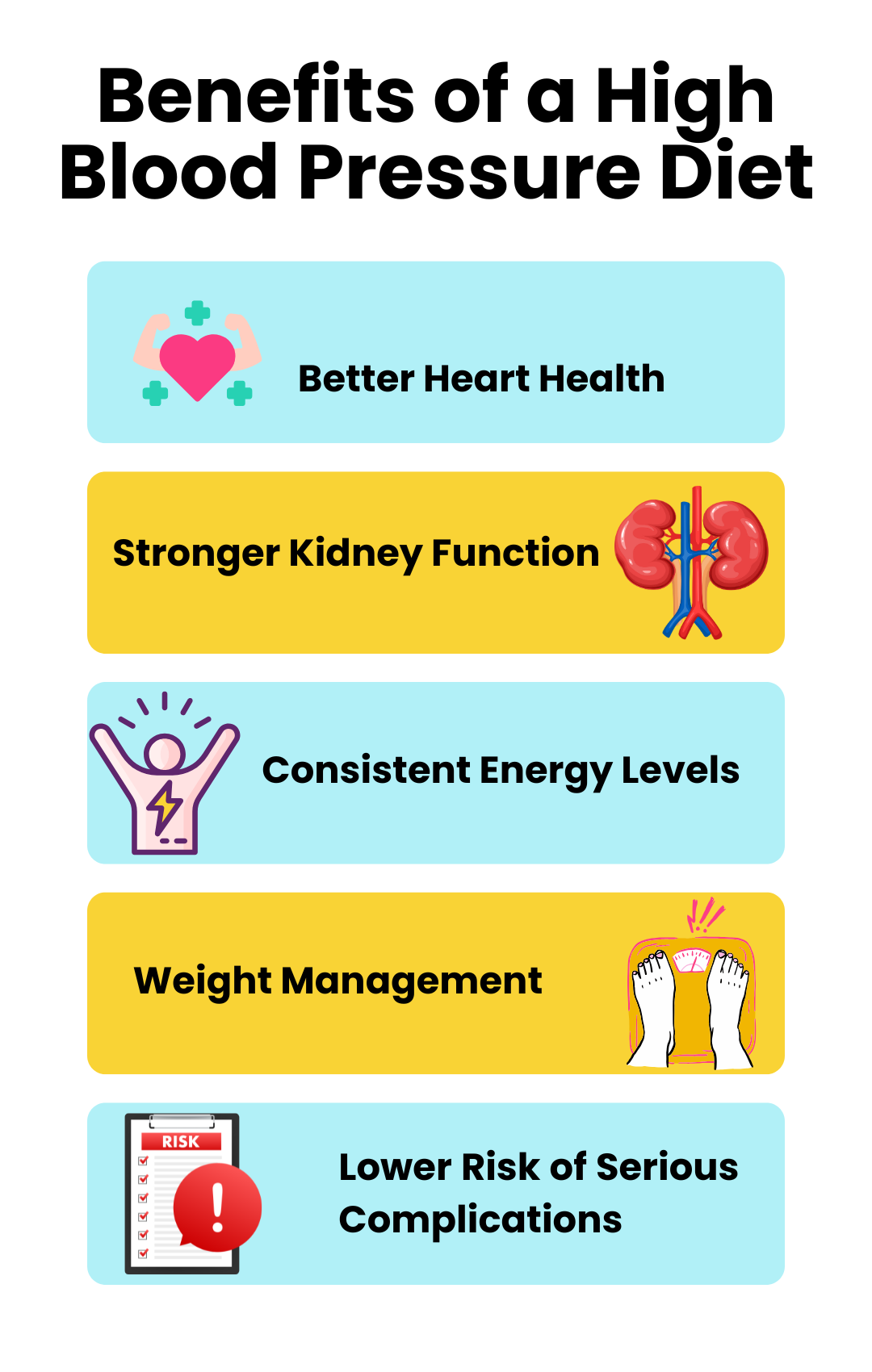
Conclusion: A Healthier Path Forward with a Blood Pressure-Lowering Diet
Adopting a 7-day diet plan focused on lowering blood pressure is a proactive, powerful step toward long-term health. By choosing nutrient-dense foods, reducing sodium intake, and incorporating potassium, magnesium, and fiber-rich options, you’re doing more than just managing blood pressure. You’re actively improving heart and kidney health, stabilizing energy levels, supporting weight management, and reducing the risk of serious complications.
A structured meal plan helps make this lifestyle change sustainable and satisfying, giving you the tools to build better habits. With consistency, you’ll see and feel positive changes that go beyond blood pressure alone. Embrace these heart-healthy dietary changes and set a solid foundation for a vibrant, healthier future.

